In this page, I explain some important points of the game confection, I decrypt certain choices, I describe the elaboration of the map and discuss with more details some parts of the texts. Let’s start with the beginning.
The Accumulation
I started by accumulating many images, songs, movies, articles and books that are, from far or near, related to the theme of monsters. For this step I was very open. I made scans, took photos, created a playlist… everything was good to take. I put the gathered material, in a messy way, into a reservoir that was my computer. I created a list that I printed in order to have a visual overview so that I would be able to start writing the story and to think about the different links between the scenes. Later, I hung this list on the wall, to have it always in evidence. That was important, I needed it in the creation of the different paths (choices) in the story. Some of the links weren’t useful but I needed to have enough of them to be able to make proper connections between the different texts.

The Main Characteristics of the Game
The player follows the life of a character (narrator) who narrates her everyday life. The player controls some of the choices of the character. This character is inspired by my life under covid19 confinement. She has to write her thesis and travels through different states of creation. Finally, this main character is particularly interested in the themes of monsters, relationship with the non-human (objects, AIs, …) and interactive scenarios. During the game, the player also discovers some other types of monsters that are usually not categorized as such, but that I perceive as monsters. This is for example the case of TV reality show and youtube characters. This also refers to the “monster of seduction”, which is everywhere around us and which is an important topic in these shows but also between the spectators and the show, i.e., the show seduces the spectator.
The Creation of the “Characters”
Many of the secondary characters in the story were inspired by my coexistence with myself and with the non-living items in my apartment. This includes Siri, insects and even my reflection in the miroir. In the story, these things are referred to by their name and by the pronouns he/she due to their “living” dimension. In fact, the main character interacts directly with them.
When I was writing these stories, some mushrooms appeared on the flowers on my balcony and I thought about integrating them in my stories. However, two days later, aphids also arrived. So I dropped the idea of mushrooms and added aphids, and more generally “little insects” to the story, as they were invading both my apartment and my body, e.g., mite face.
In the text “My new BFF, Siri”, I discuss with the AI Evi. In this case, I did a collage by using conversations that I had a few months ago with two different AI bots, Evi and Cleverbot.
My image, e.g., my reflection, and my body, e.g., nails, also take an important part of the story. During all the process of writing, my nails were a good indication for me that the time was passing. After I painted them, day after day, the nail polish was peeling off and I didn’t remove the nail polish until I finished to make the game.
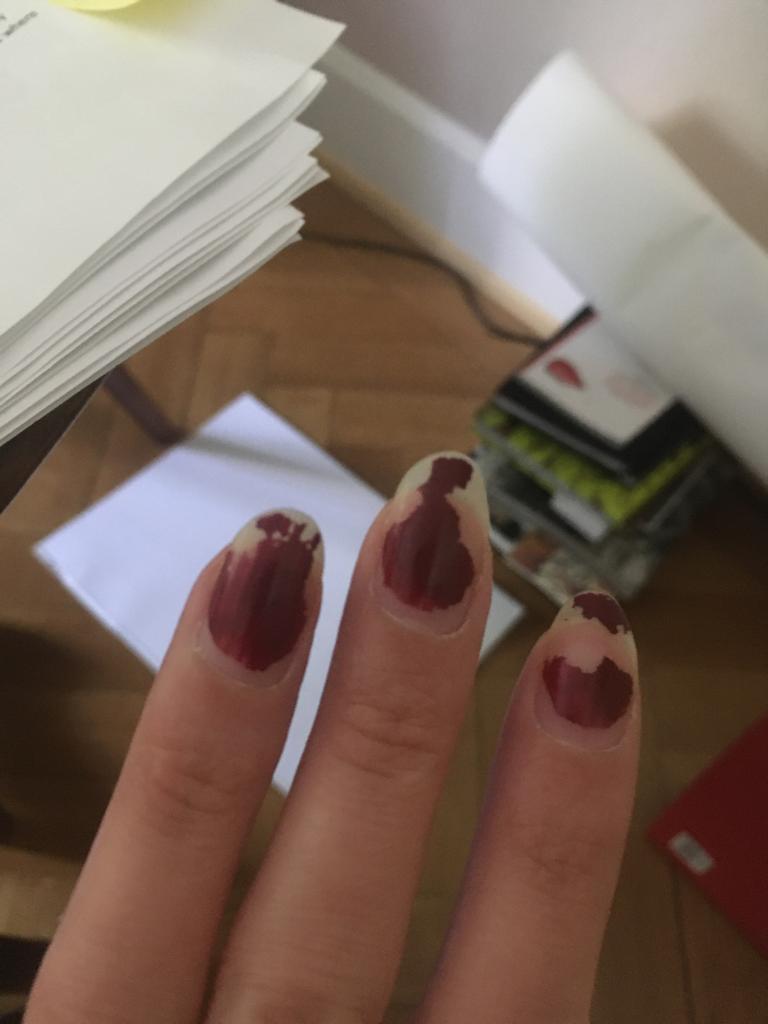


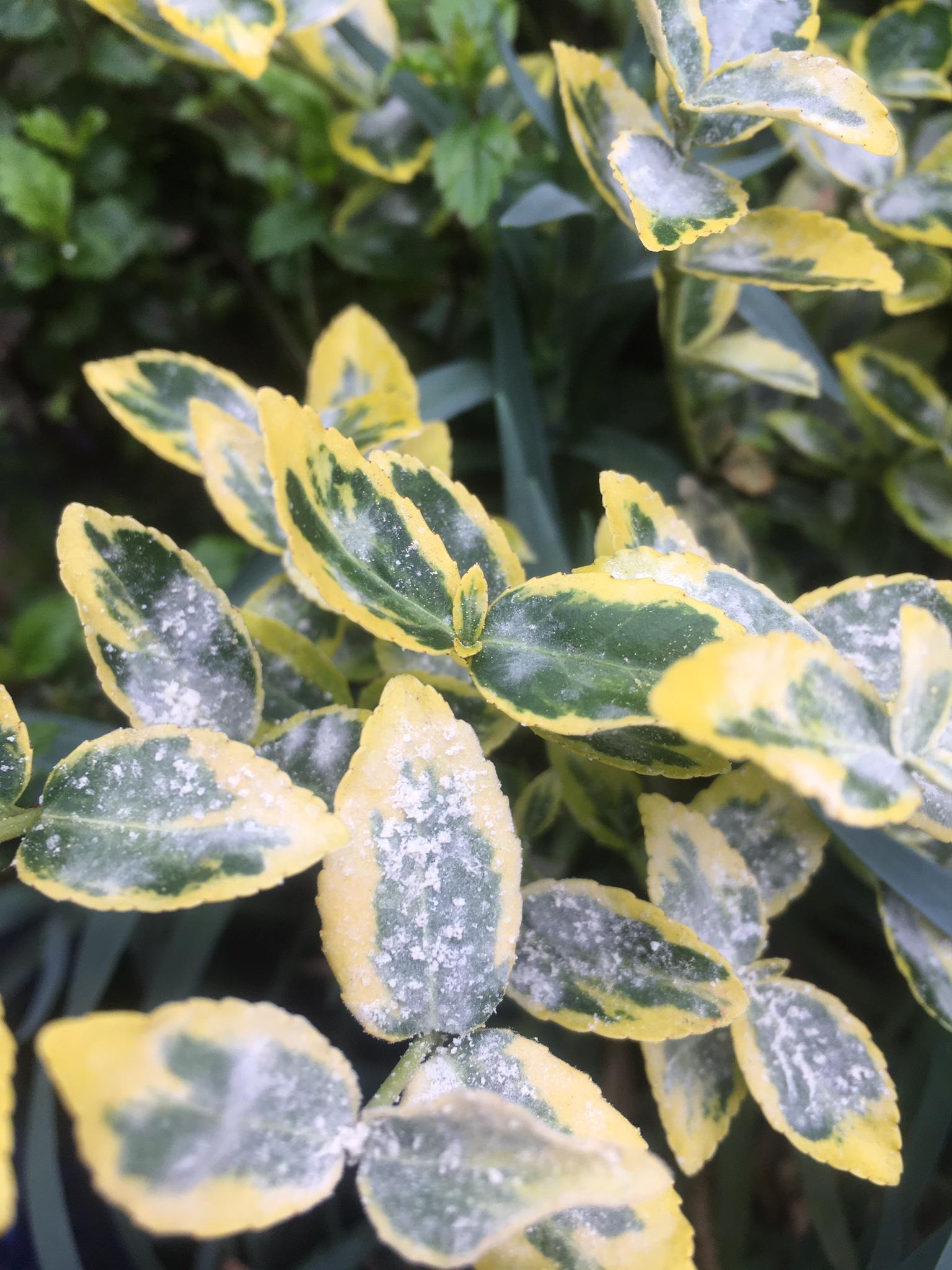
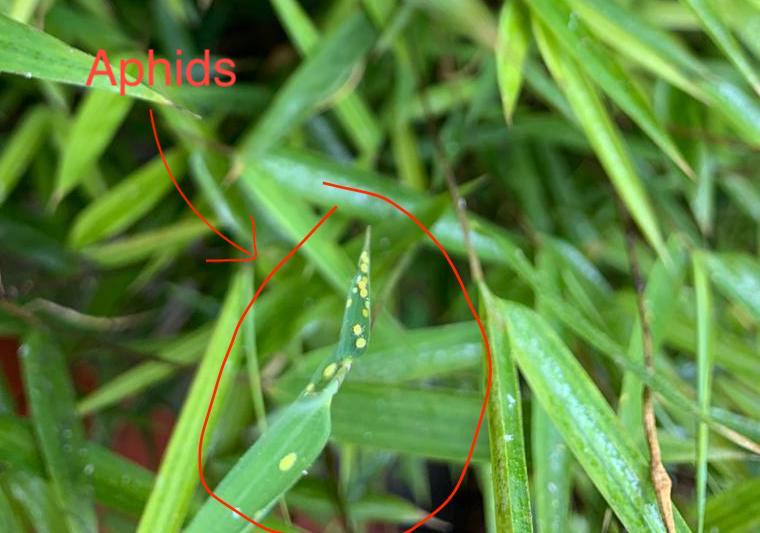
The writing of the 10 texts
As I was trying to create my thesis, I decided to write down and narrate my process of creation. This process at this moment was a (big) part of my everyday life and that is why this quotidian is important in the text. The creation affects my life and vice-versa.
The 10 texts themselves are built as a process and their main subject is progressively introduced in the text and only appears clearly at the end.
After writing some texts, I decided to completely describe my creative process through these short stories. At this point, I determined ten creative states in the creation process and decided to build the texts around them.
It was challenging to describe my everyday life and thoughts while including the references to my research. It was also hard to keep all the references in memory to make the links with all the texts. This is why it was really important to go through the “Accumulation” step and print a list of them.
As said before, my inspiration for the texts also depended a lot on my day. For exemple, in “Eva’s Pure Red”, when I wrote “I think I have a fever”, it was because I started to have fever at some point. Another example comes from the same text: “I woke up from a beautiful dream, legs fully covered of spontaneous bruises.” was the actual reaction of my legs to be sitting all day. In “Peeling in the Morning (9:47AM)”, the “artificial dawn”, is the actual intelligent light in my bedroom that creates artificial dawn to wake you up.
I wanted my writing to be spontaneous around the main themes that I identified beforehand. To show this spontaneity, I added some elements of internet language as smileys. I also tried to keep in mind the monster lexical during all the process of writing.
During the covid confinement, I had the feeling to live the same day or the same moment of the day multiple times, as my days in my apartment were very similar. The topic of confusion, e.g., about the time of the day or being in a dream or not, naturally appeared in my texts as I was describing my everyday life. This is why, at multiple times, the main character is confused about the time and in being in a dream or not. This is also the reason for the text of L. Carroll to come back multiples time in the game.
This confusion is probably also present in the player’s head as he/she has to finish the game, get through all the stories, videos, images and texts before learning the true purpose of the game.
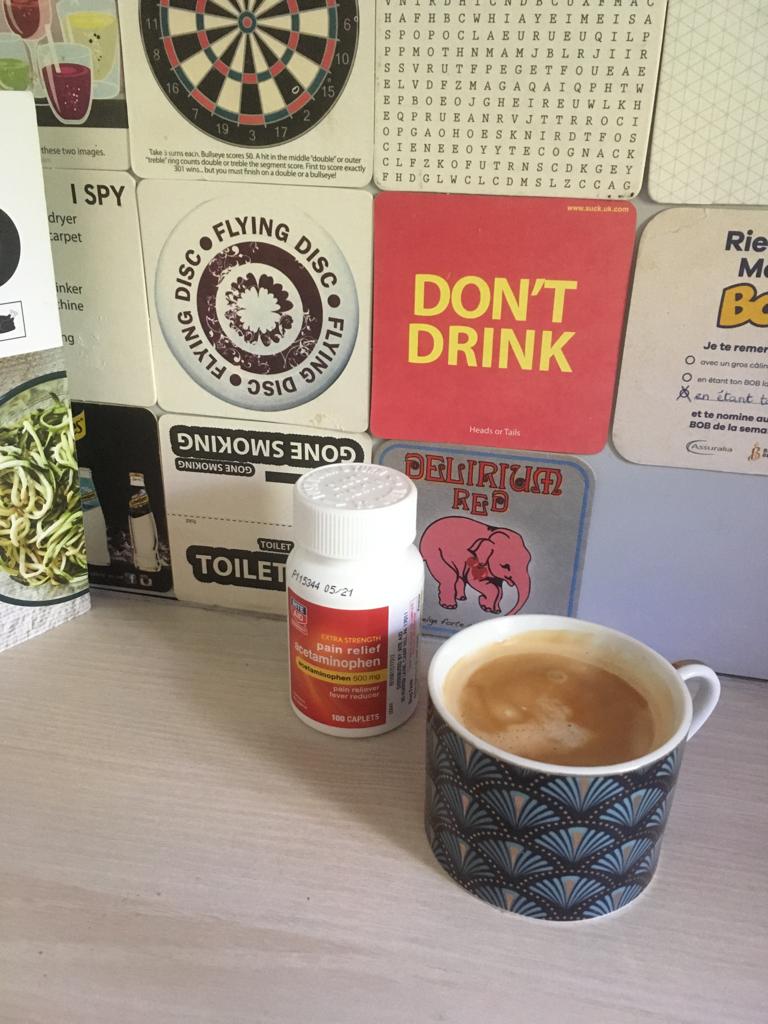
Create the Game
For the creation of the game on the website, it was really important to be organised. This is why I put all the texts on the wall, wrote all the links and references and highlighted the key moments in the texts. I then used these key moments to create the different choices for the player. After that I started to choose the path for the player to reach the end with the important constraint that the player has to go through all the creation states before reaching the end of the game. For this part, I printed a second time all my texts and went through them again to create separations into each text where the player has to make choices. Then started one of the most difficult part, the edition of the text and all the different choices in the website.

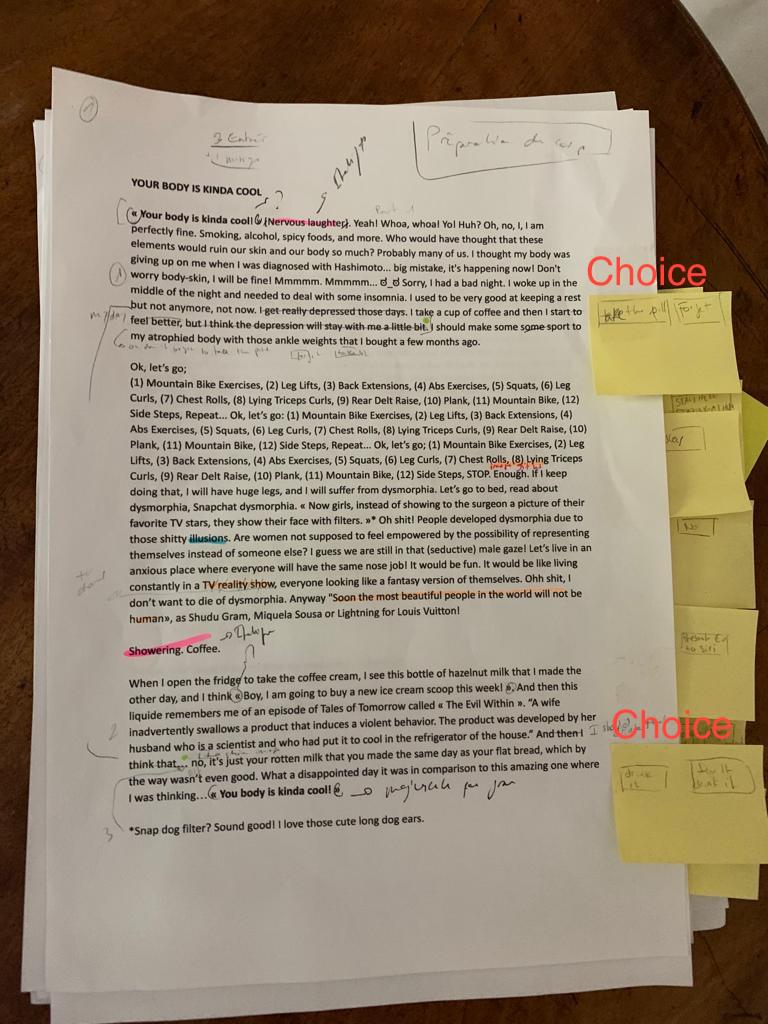
The player has choices at the end of each text part but also inside the texts through links (words and images) to other pages. When reading the text, the player can choose whether to clic or not on these links. The images on the website are images from my phone or simple images found on the internet. When the player chooses an action, it brings him to another page. At this point, it is very important to keep track of the different choices and their results (image below). For example, if you decide to create another link later in the story to the same page, you know the existing links going in and out of the page. However, sometimes it was necessary to create the same page with different actions (or choices) and therefore different results. It’s for example the case with the page of Frankenstein, which appears multiple times with different links.
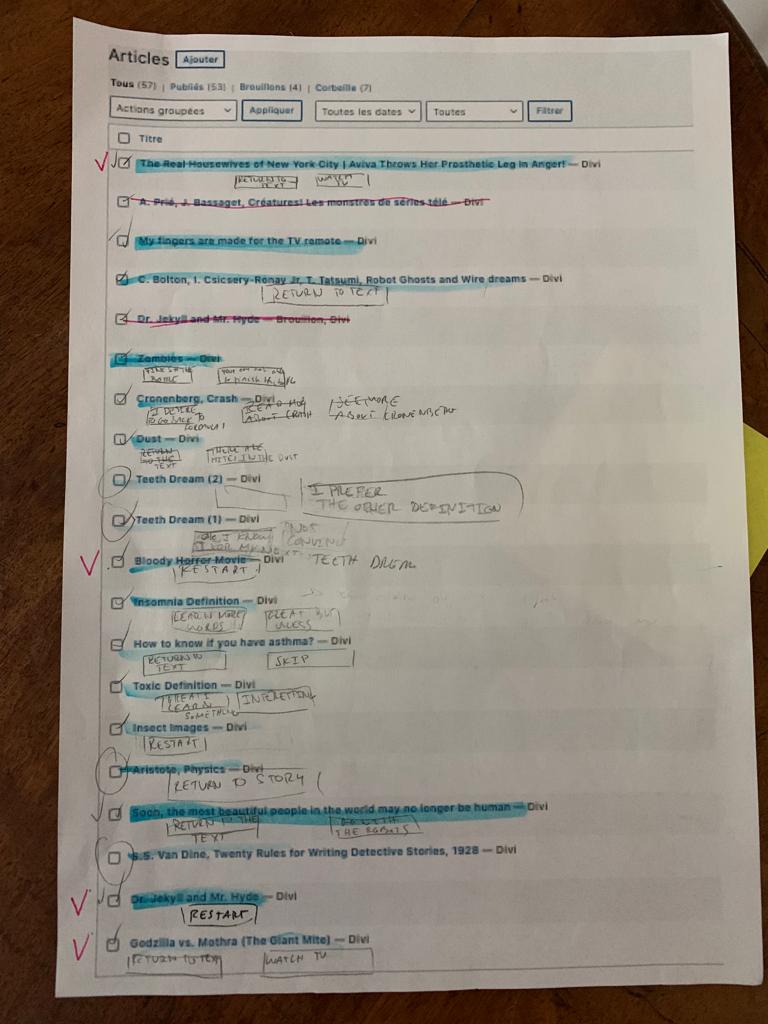
During the game, the player needs to learn that some choices consistently lead him/her to a “game over”. For example, the “Insect and Mite Images” page always kills the player. The same happens if the player chooses the “Watch TV” button. That’s why the player needs to absolutely avoid them. But normally after the first time the player reaches game over, he/she is supposed to learn from his/her mistake and try to avoid them in the rest of the game. But he/she should still be careful because again, like Frankenstein, some pages are duplicated with different choices. It can be the case that in the story, the player needs to make a different choice when encountering the same page again.
In the middle of the game, and even though the player reaches a checkpoint, there are still some choices that can be fatal (restart from the beginning). To further accentuate the suspense and the feeling of immersion for the player, after this point, the appearance of the website becomes more sober or serious, e.g., there are no more image in the main texts.
Finally, a short cut can be taken in the game. If the player makes the good choice in “Crushed Dream”, he/she is able to learn one of the ten states of the creation process while skipping one text, i.e., progressing further in the game.
The Map
The map (on the left menu “CHEAT”) gives a complete overview of the different paths that the player can choose. It can also help facilitate the game for a player that would be lost.
The Musics and Videos Playlist
The videos page (“My Fingers are Made for the TV Remote”) leads the player to a game over, whereas the musics playlist (“My Ears are Made for Two White Pieces of Plaster”) does not affect the game. The music playlist is accessible through the words in blue in the text. This enables the player to listen to the playlist or podcast at the same time as he/she plays. The title “My Ears are Made for Two White Pieces of Plaster” refers to headphones.
In “My Fingers are Made for the TV Remote”, you can watch randomly all the videos that are part of the game.
Behind the Ten States
The player succeeds by getting through all the different steps of creations and might only realise it at the end of the game. Those states are the ones that I went through to write these texts. The story that describes my methodology is also the result of this methodology.
In addition, to presenting these different states, the texts also address different themes, ideas, feelings and emotions. As an example, in “Eva’s Pure Red”, the process of being trapped in an idea is described through a metaphor of the digestion. The idea (the poison) poisons the body (the mind). During all the readings, the player also discovers my feelings during my creation process. For example, the main character is sometimes depressed, stuck on something, impulsive or attracted by something.
Finally, the 10 texts describe the complete creation process, which is repeated for each new creation. The story is in fact a loop that never ends. At the end of the game, the player can restart the game with a new point of view and interpretation of the texts as he/she already knows the 10 states of the creation process.